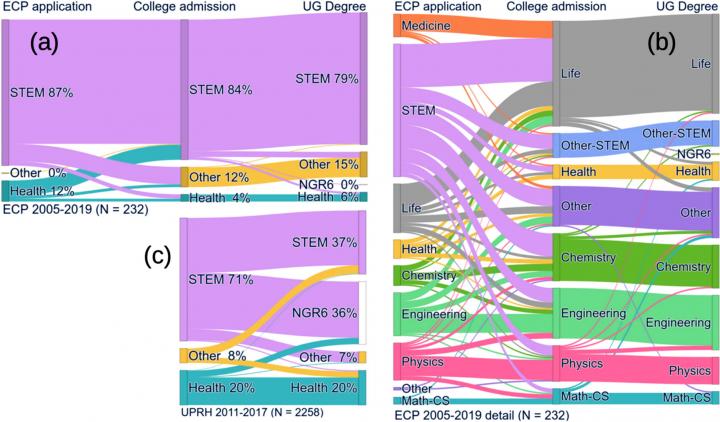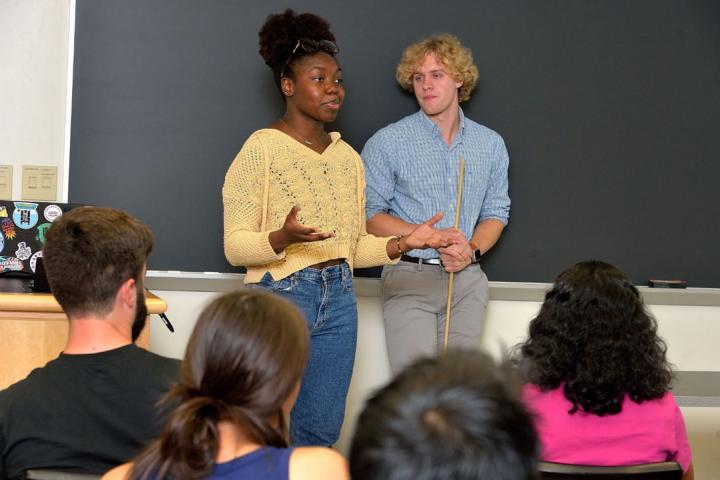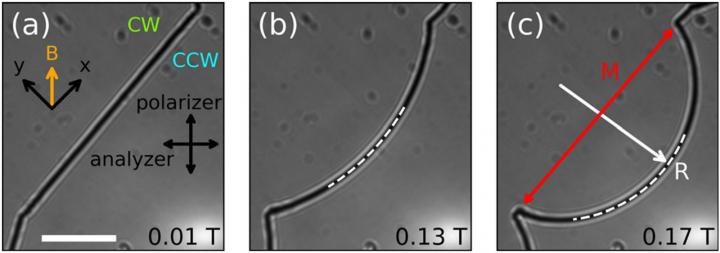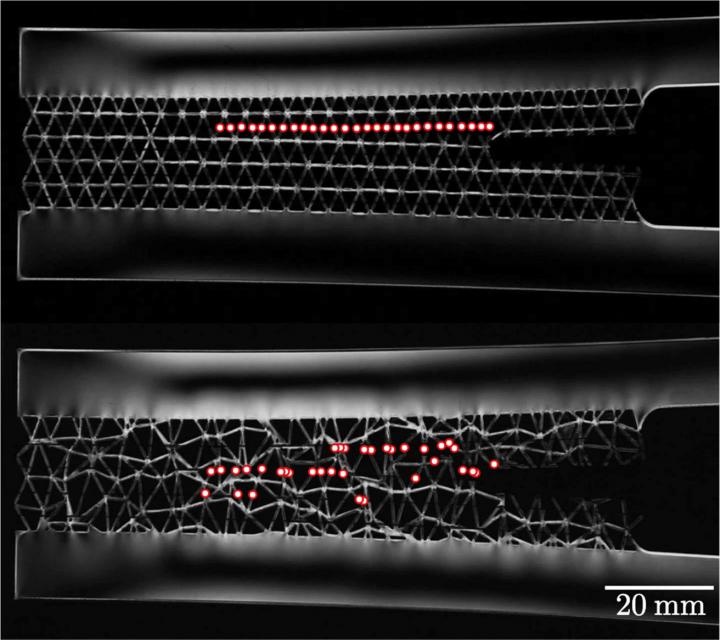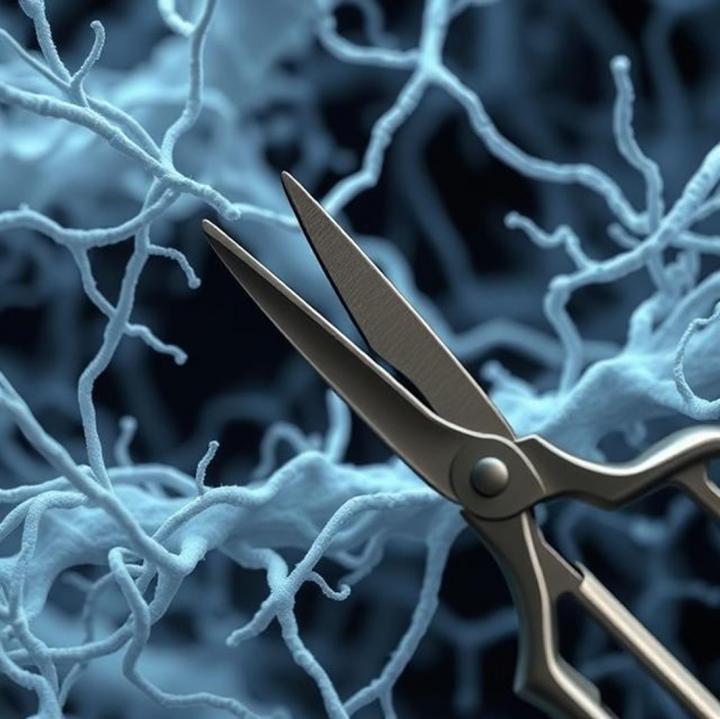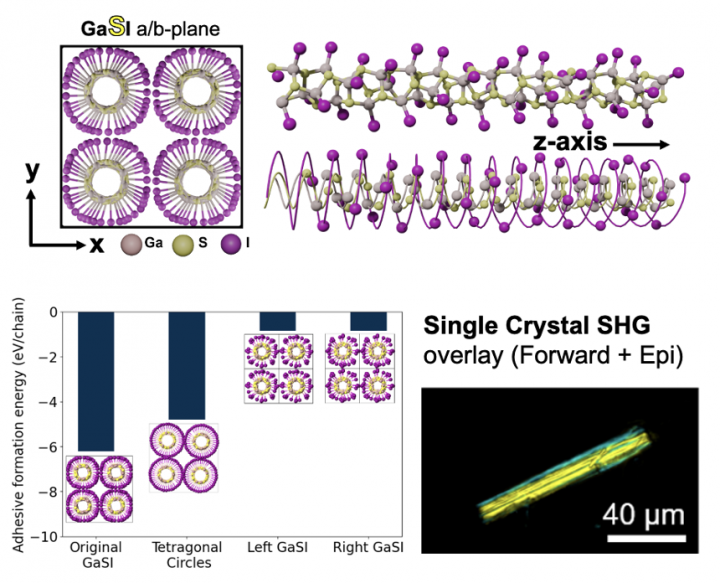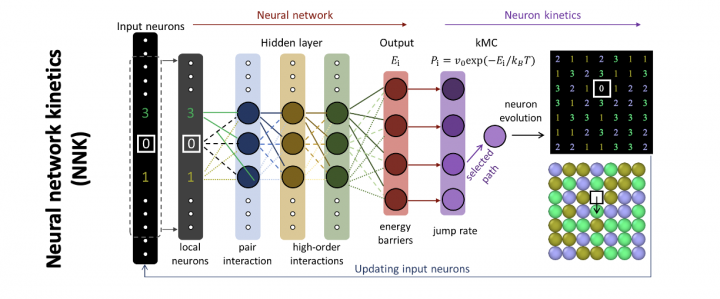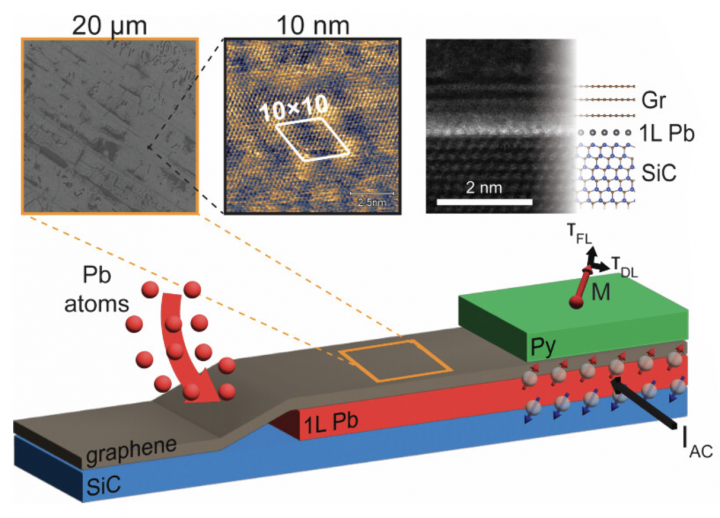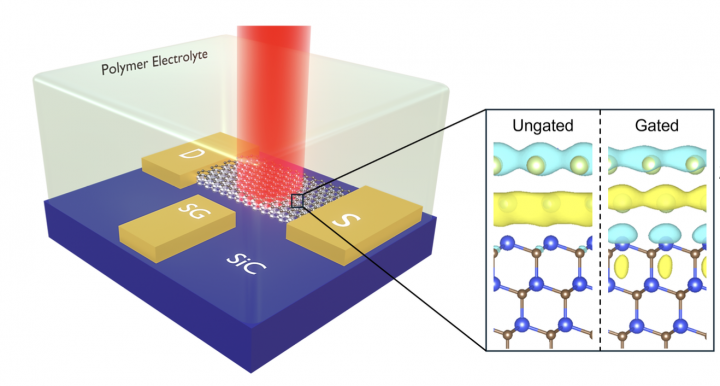An article in the journal MRS Advances documented the outcomes of a summer research program for high school students based at the University of Puerto Rico, in partnership with the Penn MRSEC. Over the past two decades this program has engaged nearly 400 students in hands-on materials science research since 2005, with 84% pursuing STEM undergraduate studies.

